
Other Surface Finishing
Mass finishing processes have been widely adopted throughout the industry as the optimum methodology for producing controlled edge, and surface finish effects on many types of machined and fabricated components. So there are some new methods are showing up as the industries develop. And we are capable to provide our customers with different finishing techniques according to their own parts’ conditions, we would like to list them in the following.
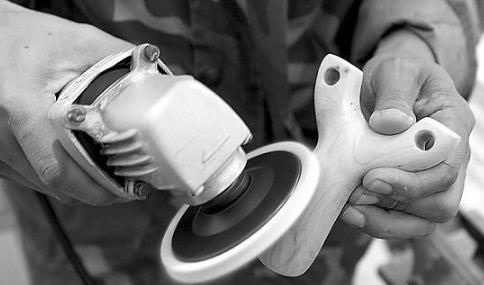
Polishing
Features: The polishing process uses a wool beret and polishing sponge to help apply the abrasive paste. Sponges and berets have different hardnesses. Therefore, we can achieve different polished surface grades for prototypes and custom parts. And if necessary, there are also mechanical polishing methods to use.
Application: Used in most areas that require abrasive dealing and beautification
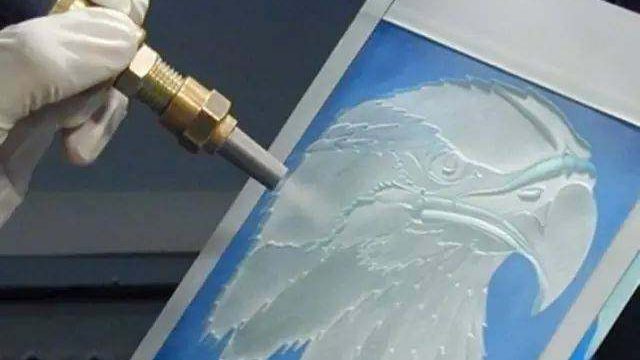
Sandblasting
Features: Improve the fatigue resistance of the workpiece. Increase the adhesion between it and the coating. Extend the durability of the coating film. Conducive to the leveling and decoration of the coating.
Application: Workpiece coating, casting surface, burr cleaning of machined parts, storage of lubricating oil on the surface of the workpiece, beautification of the surface.
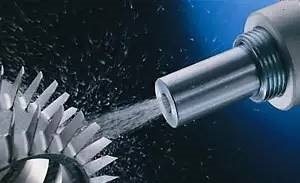
Shotblasting
Features: High cleaning efficiency and low cost. Energy-saving. It is easy to realize automatic control, suitable for mass production, and it is not easy to rust after surface cleaning.
Application: It is widely used for various operations such as roughening, deburring, fading, texture, and strengthening of exposed materials. The objects cleaned by shot blasting are mainly machine parts, castings and forgings, coiled steel, steel plates, section steels, steel structural parts, rubber and plastic parts, stone and sound-absorbing panels.
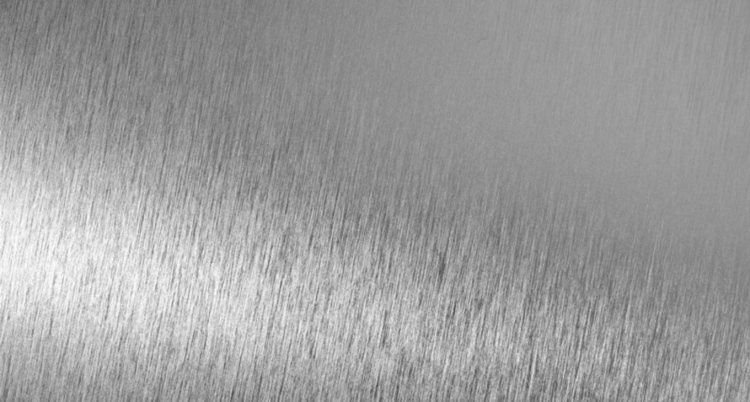
Wire Drawing
Features: The wire drawing treatment can make the metal surface obtain a non-mirror-like metallic luster, which has a very strong decorative effect like silk satin
Application: Elevator door panels, escalator decorative panels, faucets, hinges, handles, lock trim panels, etc. in the construction hardware industry; kitchen utensils such as range hoods, stainless steel stoves, sinks, etc.
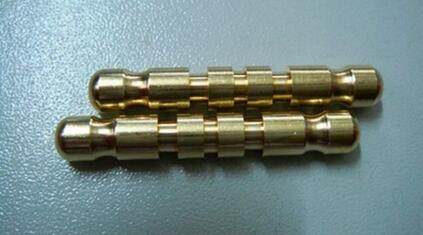
Passivation
Features: It removes surface contamination, increases corrosion resistance, reduces the risk of product contamination, and allows you to extend system maintenance intervals
Application: Applied to a variety of engineering project types
To make sure which method is the best for your parts, contact us and our engineers will sort out the best solution for you.

